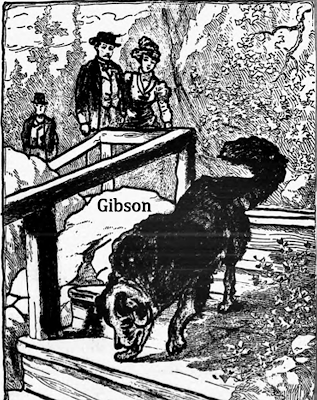Lexicographers often trace the origins of expressions in our
language and attempt to chronicle their origins. One such expression is “Sam Hill.” People would say things such as, “What in the
Sam Hill were you thinking?” or “What in the Sam Hill is that?” Various explanations for its origin has
surfaced over time, but one of its earliest uses can be traced back to an early
Montour Falls newspaper known as the Havana Republican in 1839.
One theory of origin says that the expression came from a
German opera about the Devil performed in New York City in 1825. The Devil’s name was Samiel, which was perhaps
corrupted into “Sam Hill.” Another
possibility was that of a Connecticut representative named Sam Hill, who served
in forty-three sessions of the state legislature between 1727 and 1752. When he died, his son took his place. Supposedly it led to a popular Connecticut
expression to “give them Sam Hill.”
Two other explanations do not appear to be valid. One attributes the origin to a merchant of
that name in Prescott, Arizona who opened a store in 1877. Another credits a surveyor in Michigan
working for a copper mining operation in the 1850s who was known for his vulgar
language. But both of those possibilities
are unlikely given that the term was used in the Havana Republican in
1839, thus proving that its usage pre-dated those alleged origins.
The Montour Falls Free Press (March 29, 1916) reported
on an article in the March 1916 Literary Digest written in response to a
query about the origins of the expression.
The Digest explained the origin was unknown, but was thought to
be from New England. It further
explicated that the earliest known historical usage of it came from the Havana
Republican in 1839 in an article called “Major Jack on a Whaler.” In the article, a character on a whaling vessel
hears a sailor shouting something in excitement and asks, “What in sam hill
is that feller ballin’ about?”
Although the saying was not the invention of the Havana
Republican, the newspaper had a role in spreading its usage. Although it is a rather archaic expression,
the next time you hear someone use it you can explain how Havana, today’s
Montour Falls, had a hand in propagating the phrase.










